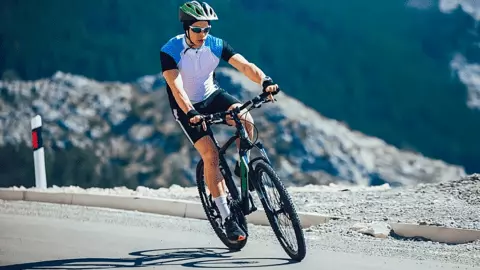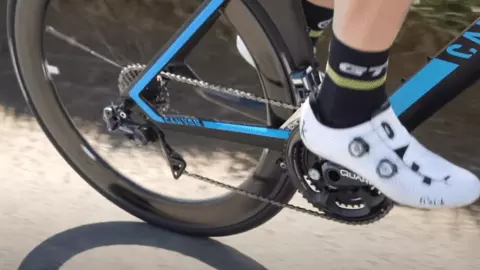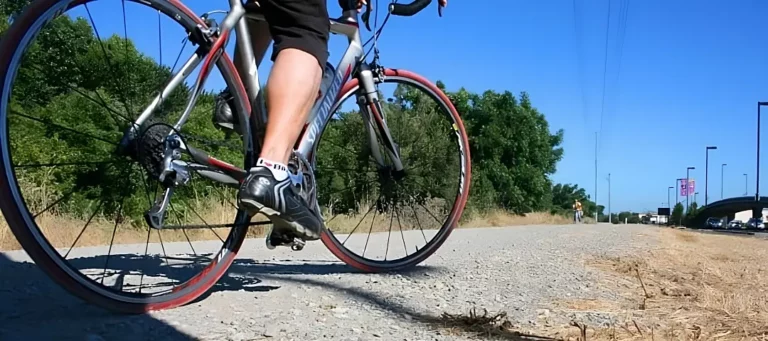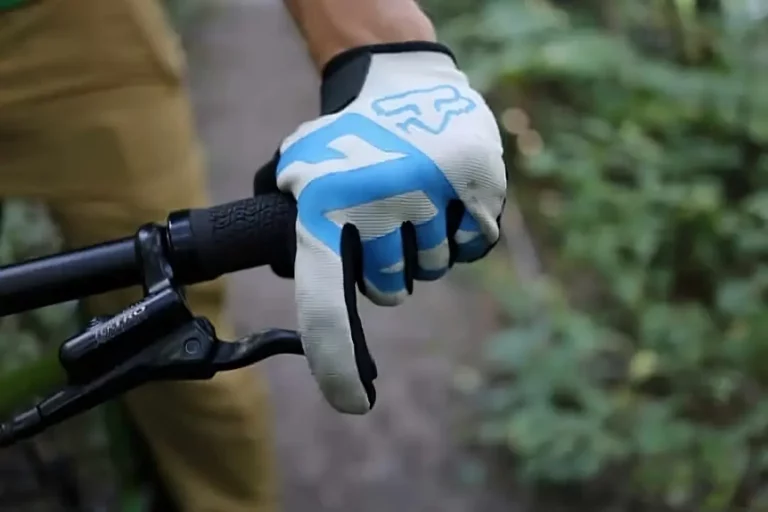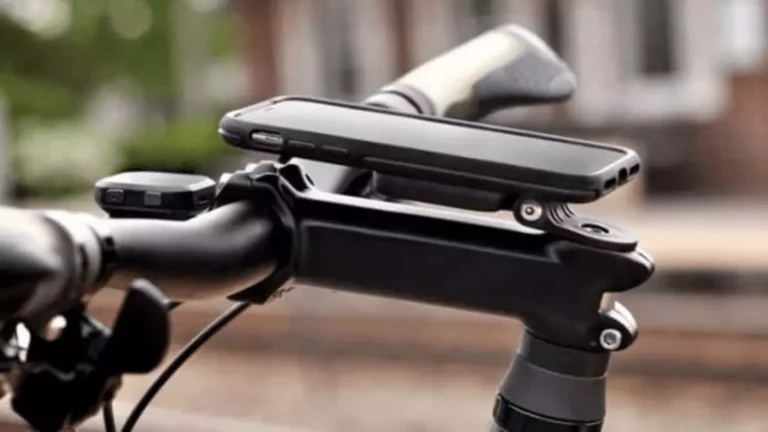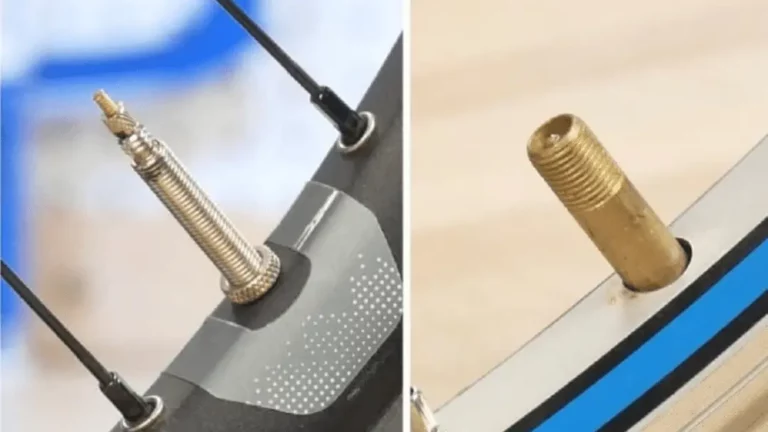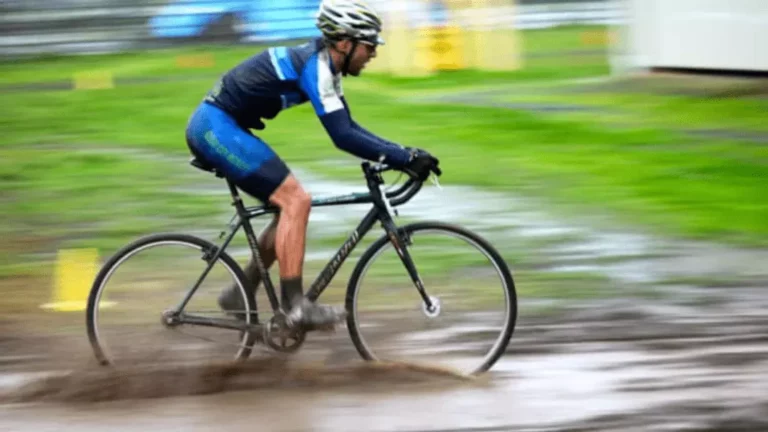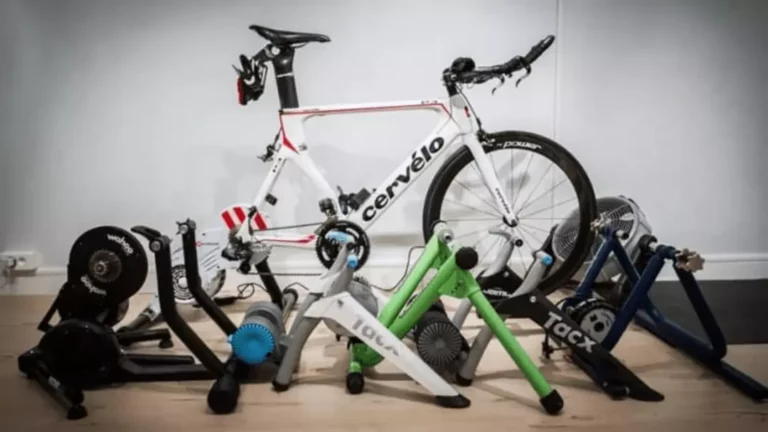Switching Gears On a Bike: How To do it smoothly?
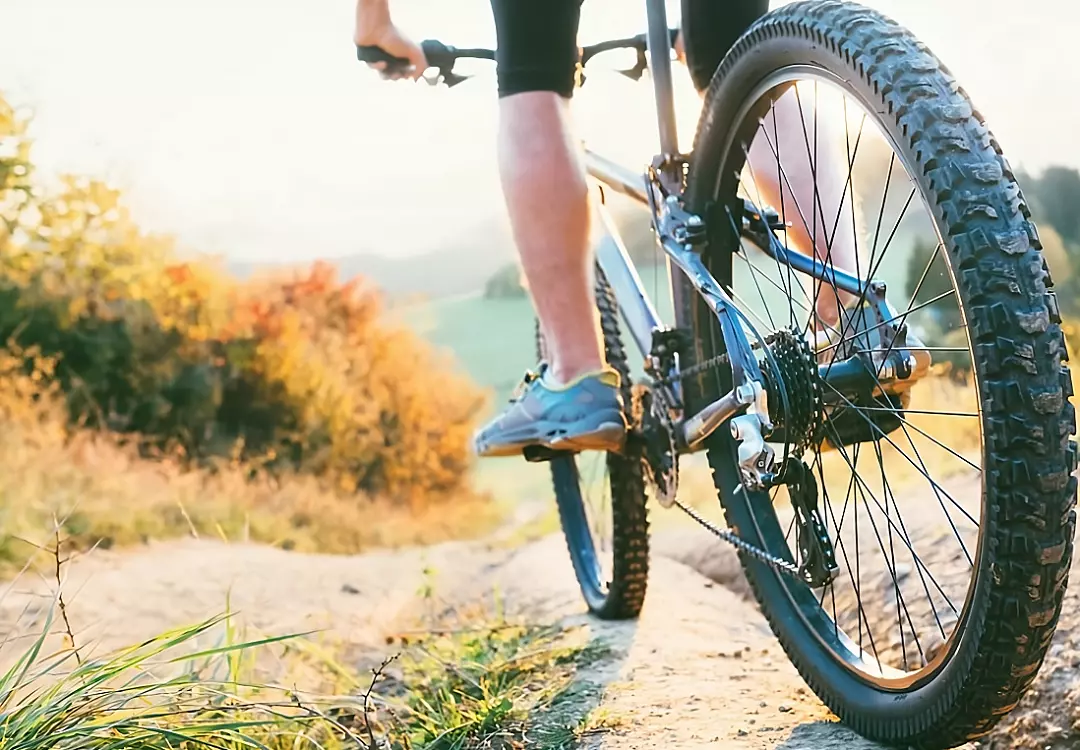
One of the keys to getting the most out of your bike, and enhancing your performance according to the terrain or inclination you’re on, is Switching Gears On a Bike.
And sure, they can be confusing at first, but once you figure them out and get used to switching between them, everything will become a lot easier, and cycling will be all the more comfortable!
So, to answer the question, do you change gears while pedaling? Yes, you do! In order for the chain to be derailed by the mechanism, and inserted into a different gear, it needs to be moving.
So you actually can’t switch gears unless you’re pedaling! So it’s 100% necessary to pedal while you change gears (so that the chain is in movement).
That was a pretty straightforward answer, so let’s tackle another popular question. Why are there so many gears to begin with? What do they do? And why do you have to switch between them?
Switching Gears On a Bike: An Overview
Well, the main purpose of having different gears on your bike is to maximize performance, so that it’s easier to pedal uphill, and so that you don’t need to put in as much effort over longer distances. Gears are there to help you!
Not all bikes have gears, and then different bikes that do have gears can have different amounts of gears. So they’re not a necessity in cycling, but the more gears your bike has, the better you will be able to adjust the cycling on your bike, for maximized comfort and performance.
RELATED: Road Cycling Gear For Hot Weather
When should I shift gears on my bike?
Knowing how to shift your gears is important, but knowing when to shift them is equally as vital to learning how to master them properly! To know when to switch between the gears, you first need to understand what they do and how they work.
To explain gears in an easy summed-up way: there are two different shifters, which control a range of different gears. The shifters are usually positioned on the handlebars, one on each side of the bike, and the mechanism can vary from bike to bike.
But essentially, the shifters will be numbered, and each number is one of the gears.
The shifter on the left will usually have around 3 gears, and it controls the bigger changes. Usually, number one is for steep hills, number two is for neutral ground, and number three is for going downhill.
The shifter on the right, on the other hand, usually has around 7 gears, and it controls smaller changes that fine-tune and complement the big changes of the other shifter. It works in the opposite way. So, for example, if you’re going up a number on the left shifter, you will go down a number or two on the right one.
Something else that you should know is that smaller numbers make the pedals a lot easier to pedal, but the bike goes slower. So they’re perfect for uphill, as it takes less effort to keep advancing, even if it’s at a slower pace.
And the bigger numbers, on the other hand, take a bit more effort to pedal, but they make the bike go a lot faster so you don’t have to be pedaling as fast to move as fast, making them perfect for long distances.
So, back to the question. When do you shift the gears?
Well, if you’re coming up to the start of a hill, you can prepare your bike by switching gears to a smaller number. As that is the gear that will help you make your way upward, with less effort (but faster pedaling).
When you end the hill and you’re back on neutral ground, you can switch the gears back to their ‘normal’ position, which is right bang in the middle of all the numbers available.
And if you’re about to go downhill, or you want to get into a long-distance pace, you can shift the gears to a larger number. This way, pedaling will be harder, making you do so slower. But each cycle of the pedals will be far more efficient, and you’ll find that your bike soars forward a lot faster!
To sum it up, you should shift the gears on your bike when you’re coming up to a shift in the inclination of the terrain! And of course, you need to shift while you’re still pedaling!
How do you shift gears smoothly?
Shifting gears, if done properly, should go well and without issue. However, there are plenty of occasions in which shifting gears causes the chain to clank and groan, or the bike mechanism gets caught and freezes, or the chain comes loose and you’re left with having to stop and fix it up before going on.
So how can you avoid this? How do you ensure your gears shift smoothly? Well, we’ve got you covered.
Here are some tips on switching gears successfully:
- Make sure you are pedaling when you switch gears (essential!)
- Pedaling lightly will make the change smoother, as going too fast when you switch can launch the chain with a bit too much force, causing it to completely derail off the mechanism
- Lighten the pressure of your feet on the pedals when you switch gears
- Don’t stop the bike too soon after switching, pedal for a few cycles!
How do you shift gears on a hybrid bike?
Hybrid bikes are bikes that have been designed with a multi-purpose in use, so they essentially combine traits and design features from different types of bikes, such as mountain bikes, road bikes, and tourism bikes.
They usually have a lot more gears than normal, so that you can better adjust the cycling style, and make the most of each feature more accurately.
But how do you shift gears on a hybrid bike? Exactly the same as you would with a normal bike! The gears work in the exact same way, and they feature the exact same mechanism for switching between one and the other.

Steve Beck is a passionate cyclist and experienced writer covering the cycling industry for over a decade. He has a wealth of knowledge and expertise in all bike-related things, from the latest products and technologies to the best routes and trails. His articles are well-researched, informative, and engaging, and he has a talent for explaining complex cycling concepts in a way that is easy to understand. Steve can be found on the road when he’s not writing about bikes, putting his knowledge and skills to the test.

